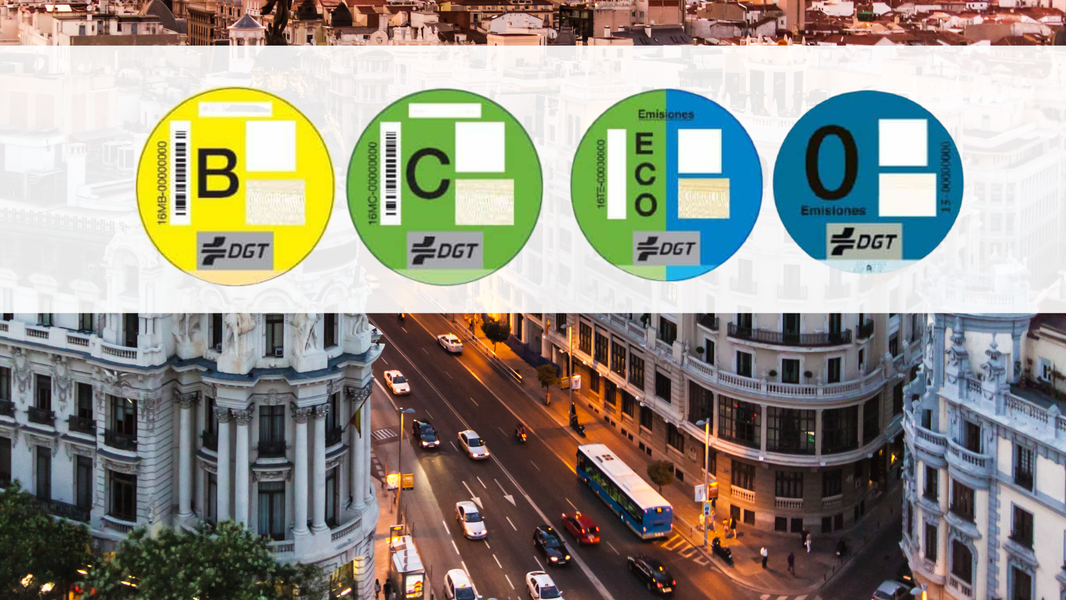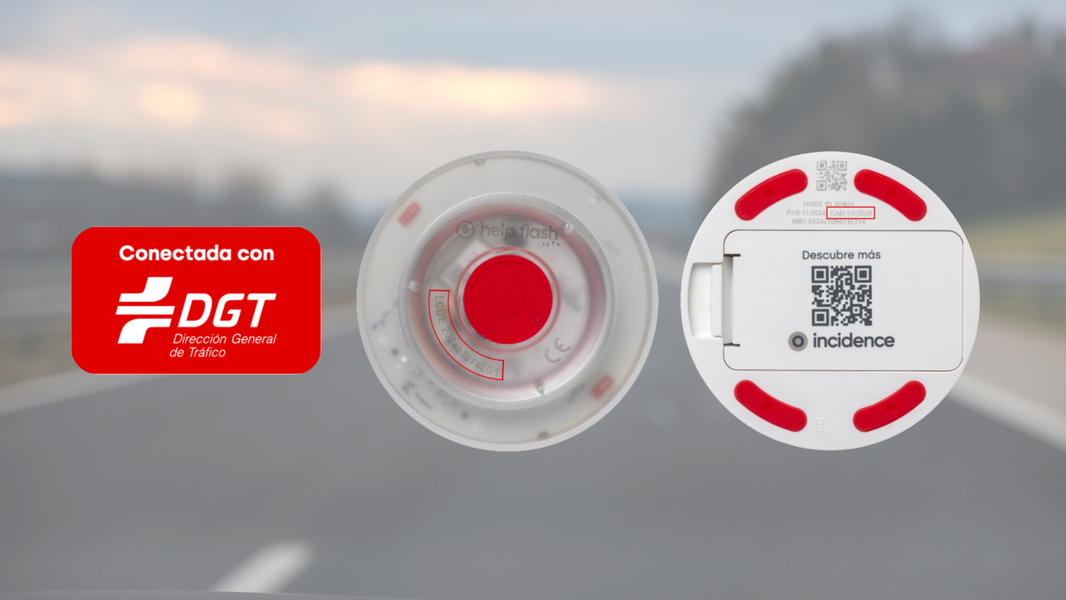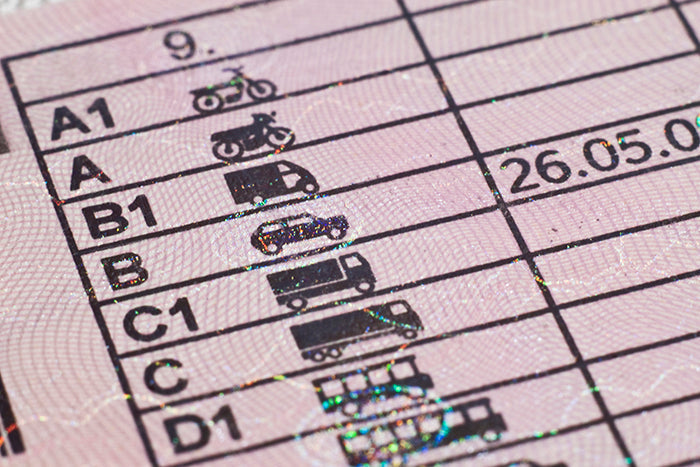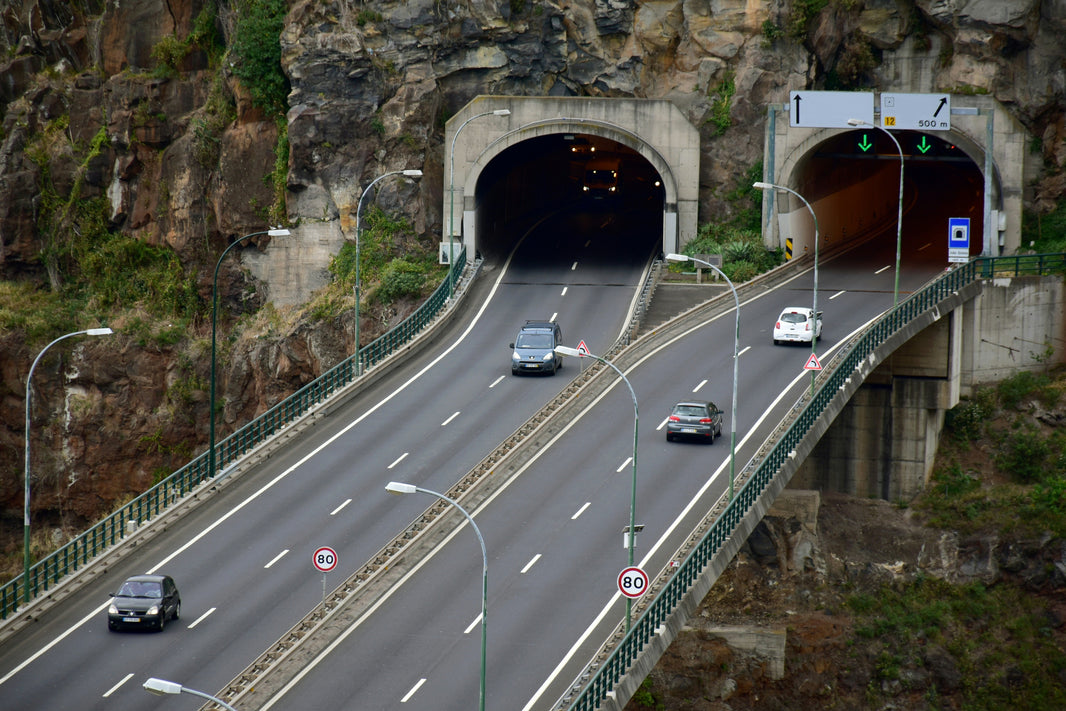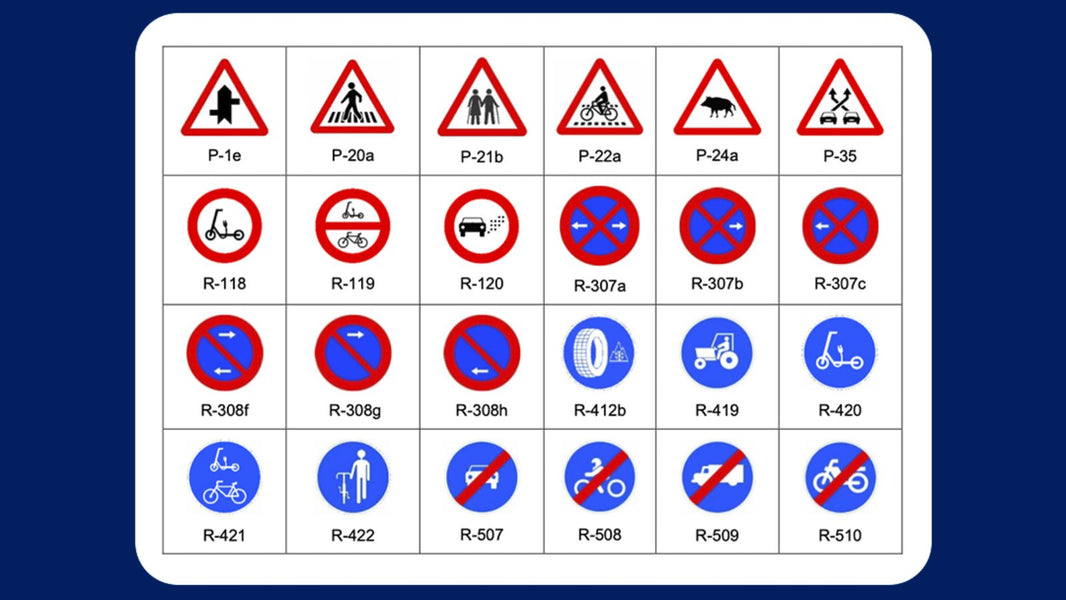If our driving experience doesn't allow us to know how much we'll spend on gas on our next planned trip, there are other ways to calculate the gas cost for our trip . Now, at Help Flash, we're sharing them with you 🙂
Many people plan their trips down to the last detail , with the overall budget undoubtedly a priority. To better manage this overall budget, knowing how much to allocate for gasoline is something they need to know. It will largely depend on the price of fuel at that particular time, as we know it fluctuates and is rarely stable.
We give you some easy tips when calculating the gas price for your next trip.
Importance of gasoline spending in the travel budget
As we mentioned, especially on long trips, gas spending directly impacts the total cost of a trip. That's why those meticulous travelers need to know how much money they'll spend on gas to maintain greater financial control . Knowing the estimated spending allows adjustments to be made to the overall budget, allowing for better allocation of available resources . This clarity will help us avoid unforeseen expenses that could affect the overall travel experience.
Knowing how to calculate the fuel cost for your trip results in cost savings . We'll explain. We'll likely look for the most economical and fuel-efficient routes, thus avoiding unnecessary expenses (mainly tolls).
Activity planning
Another advantage is that by keeping track of gas costs, we can set aside more funds for other activities or experiences we want to enjoy during our trip, thus improving the quality of our trip.
Calculate gasoline trip: Tools
Thanks to mobile apps and online technology available on any device, today, calculating fuel costs for a trip is easy . We're talking about online calculators, our vehicle's own route navigators, or laptops. All of these simplify the estimation process.
Online calculators and mobile applications
As for online calculators, we already know they're very practical tools for determining gas costs. They allow us to enter variables such as the price per liter, vehicle fuel consumption, and trip distance.
At calculator.net we have a good example of an online calculator for the price of gasoline for your trip:
It's in English, but it's very intuitive and easy to understand.
Mobile apps
There are also mobile apps that help you calculate this on the go. These apps, in addition to providing estimates, suggest nearby gas stations with all kinds of prices.
Using tools like ViaMichelin
A popular option for calculating routes and expenses is ViaMichelin , which offers advanced features such as calculating efficient routes based on vehicle type, estimating the total cost of the trip including gas and tolls, and/or comparing different travel alternatives to find the most economical one.
Thanks to its easy-to-use interface, ViaMichelin has become an invaluable tool for those who want complete control over their travel expenses.
Calculation options in route navigators
Route navigators, such as Google Maps and Waze , can also be used to estimate gas mileage, as they calculate the distance between the origin and destination, the estimated travel time, and gas consumption based on road conditions.
Some features allow you to adjust the calculation to take into account real-time traffic, which can be useful for modifying plans on the fly.
How to know the fuel consumption of our vehicle
If we've already traveled long distances in our vehicle, calculating the fuel consumption for the trip and, therefore, knowing how much it consumes won't be difficult. We'll need to take into account the money spent on filling up the tank , the number of kilometers traveled until empty, the distance traveled, and the average speed we reached.
It's even easier to consult the manufacturer's manual , which usually lists the fuel efficiency specified for that specific vehicle model.
But people are almost more likely to opt for manual calculations than to look up the information in a manual and read it. So, here's a simple procedure to help you calculate the fuel cost for your next trip:
- Fill the tank until the hose stops automatically.
- Reset the odometer to zero.
- Drive for at least 100 km.
- Refill the tank and note the number of liters added.
- Divide the kilometers traveled by the liters consumed to obtain the consumption in km/L.
Differences between theoretical and actual consumption
When assessing our vehicle's fuel consumption before a long trip for leisure or pleasure, we must differentiate between theoretical consumption and actual consumption. The former is based on the manufacturer's specifications under optimal conditions , while the latter reflects the vehicle's actual performance in practical situations.
Factors such as driving style , traffic conditions and terrain will certainly influence this difference, making actual consumption generally higher than theoretical consumption.
Factors that influence gasoline consumption
We're referring, for example, to weather conditions . Driving in cold or very hot weather, which can increase fuel consumption due to the use of a heater or air conditioning, is not the same as driving in neutral, pleasant environments.
Then we have the vehicle's load . This is fundamental to fuel consumption. More weight (heavy loads, many passengers) means more effort on the part of the engine, which results in higher gas consumption. Logical.
The condition and maintenance of the vehicle itself will also determine fuel consumption . For example, a poorly maintained car, such as with underinflated tires or a faulty engine, will consume more gas over the long term. That's why, at Help Flash, we always emphasize the importance of proper maintenance and supervision of our car, motorcycle, van, or truck when traveling.
Final gasoline trip calculation
We've already outlined a simple formula for calculating how much gasoline our vehicle consumes. It basically consists of combining the total distance traveled, the vehicle's fuel consumption, and the fuel price. The basic formula is:
- Gasoline expenditure = (Total trip distance / Vehicle consumption) x Fuel price
Where:
- Total trip distance: This is the length of the trip you plan to travel.
- Vehicle consumption: This data is normally expressed in km/l or l/100 km.
- Fuel price: This is the cost per liter of fuel in the area where the trip will take place.
To illustrate how to apply the formula, let's consider an example. Let's assume a 250-km trip, with a vehicle that consumes 8 km/l and a gasoline price of €1.60/liter. Applying the formula:
- Gasoline expense = (250 km / 8 Km/L) x €1.6/liter = €50
This type of calculation is useful for forecasting expenses and adjusting your travel budget efficiently.
How to adjust the calculation based on changes in conditions
It goes without saying that if any of the initial parameters, such as fuel price or distance, are changed, this will affect the fuel consumption calculation. Therefore, we must monitor fuel prices along the route and calculate fuel consumption based on the current price, reevaluate the route if the travel plan changes, and consider the vehicle's actual fuel consumption rather than the theoretical fuel consumption measured on previous trips.
Tips to reduce gasoline spending
Here are some recommendations that can extend the life of our tank on our trip. Anything we can do to maximize fuel efficiency will be a joy for our pockets and wallets 🙂:
Efficient driving techniques
Driving style has a significant impact on fuel consumption. Following certain practices can significantly reduce your spending:
- Perform smooth accelerations , avoiding sudden speed changes that increase consumption.
- Drive at a constant speed , preferably around the recommended speed limit, use cruise control if possible.
- Anticipate traffic situations, such as traffic lights and stops, to avoid unnecessary braking and acceleration .
Planning stops and choosing routes
Good trip planning reduces fuel costs . Considering the following can make a difference:
- Select more direct routes with fewer traffic jams , which helps minimize stops and starts.
- Avoid toll roads if possible, as these can detour your route and increase costs. Navigation apps can be helpful for this purpose.
- Incorporate strategic stops for rest and refueling , in locations where fuel prices are more competitive.
Vehicle optimization for a more economical trip
Ensuring your vehicle is in optimal condition is vital for good fuel efficiency. The following points are key:
- Perform regular maintenance , ensuring that the oil and filters are changed and that the engine is running properly.
- Check your tire pressure , as underinflated tires can increase gas consumption.
- Reduce vehicle weight . Carrying less cargo not only improves fuel efficiency, but also makes driving easier.
- Limit the use of air conditioning , as it can increase fuel consumption, especially at high speeds. Use natural ventilation whenever conditions permit.
Your trips always with Help Flash from Netun
There are online fuel price comparison tools that can give us a more accurate picture of the current fuel cost before our trip. Then, find the gas station or service station in our area that offers the cheapest fuel. These are two useful actions that will allow us to save on that expense.
Then we have, as we have seen, some other planning tools to choose the best possible route in terms of distance and conditions, and thus achieve the most efficient planning possible (mobile applications, mainly)
With the help of these resources, calculating fuel costs for a trip , and the cost of a trip in general, is much easier. As drivers, we can optimize trip planning, reduce costs, and contribute to more responsible fuel use.
And don't forget to use a geolocation emergency beacon like our v16 light connected to the DGT (Directorate General of Traffic) in case of emergency.




